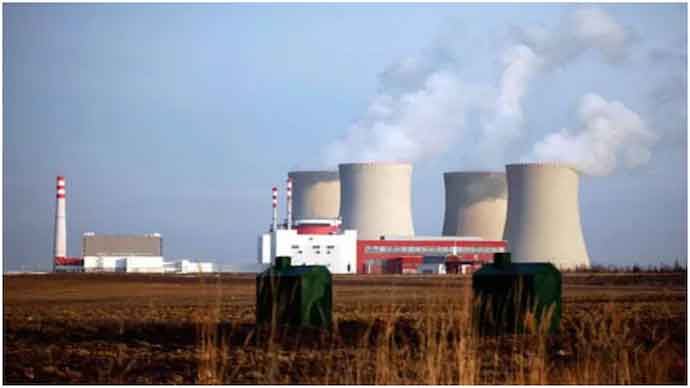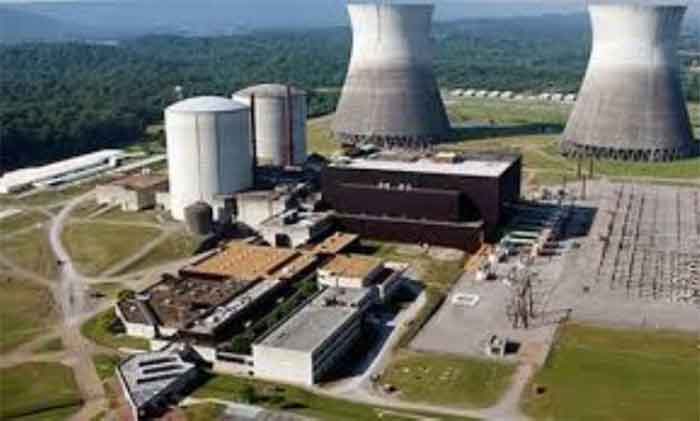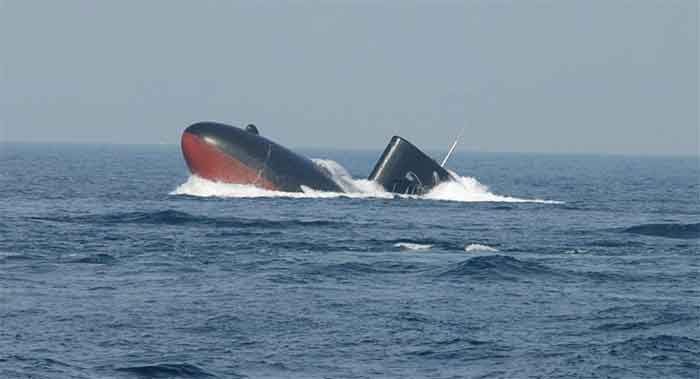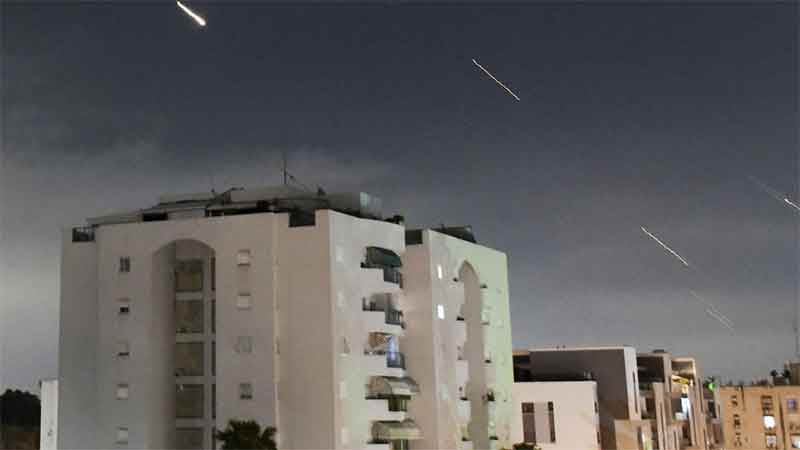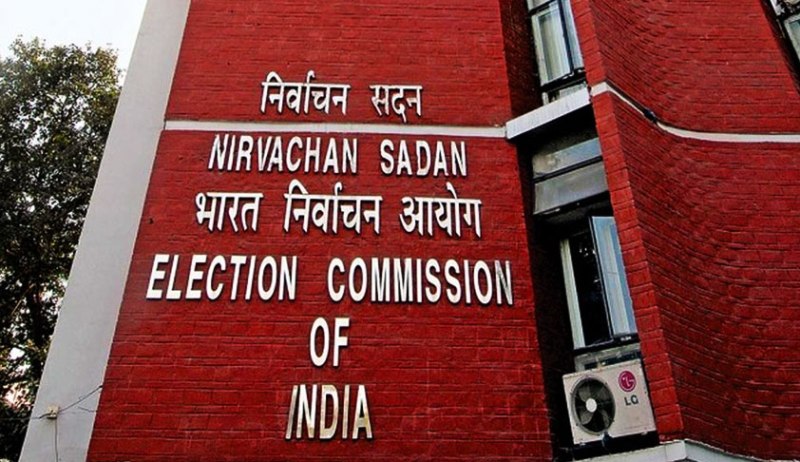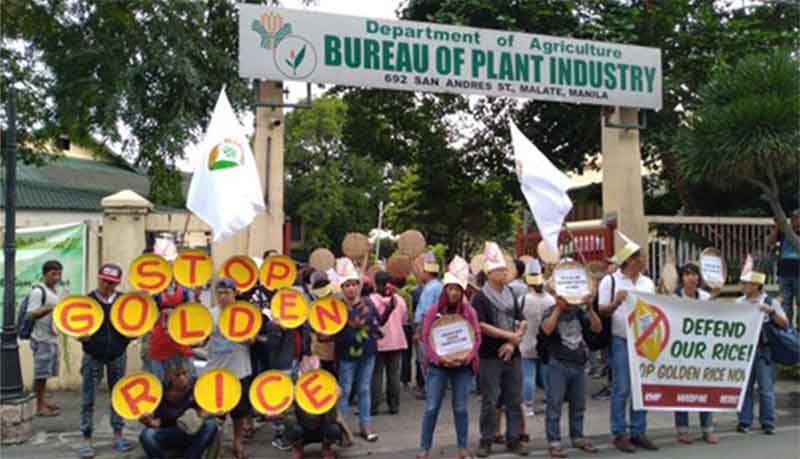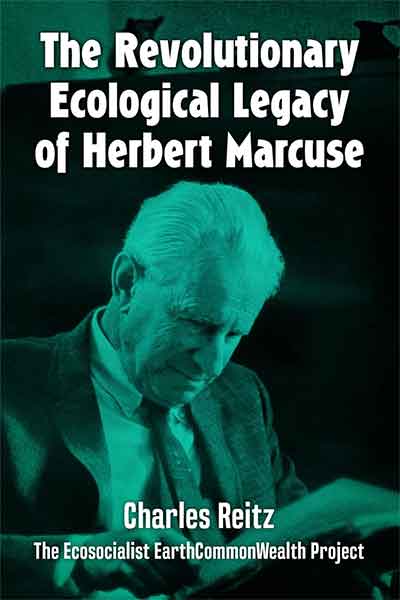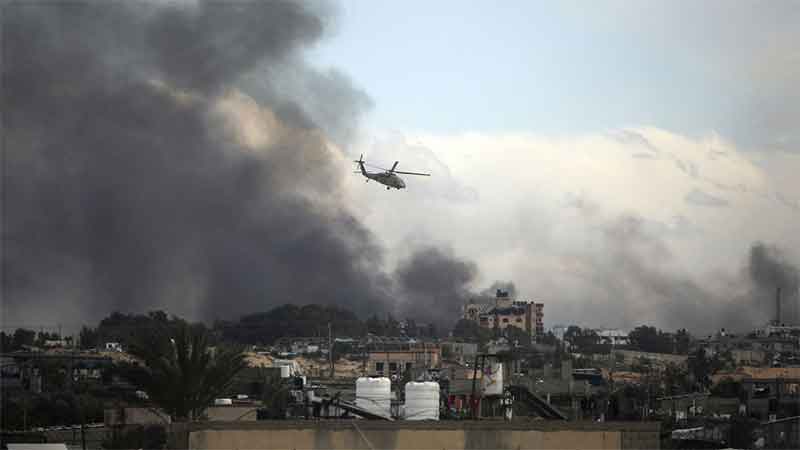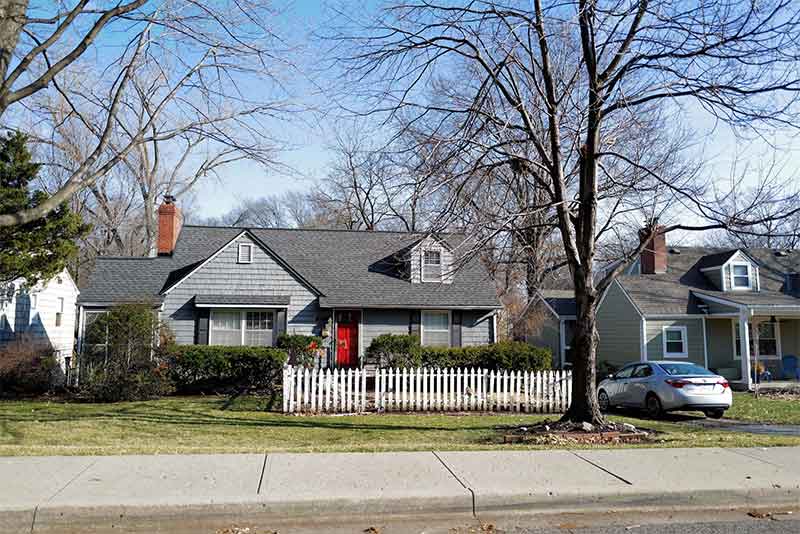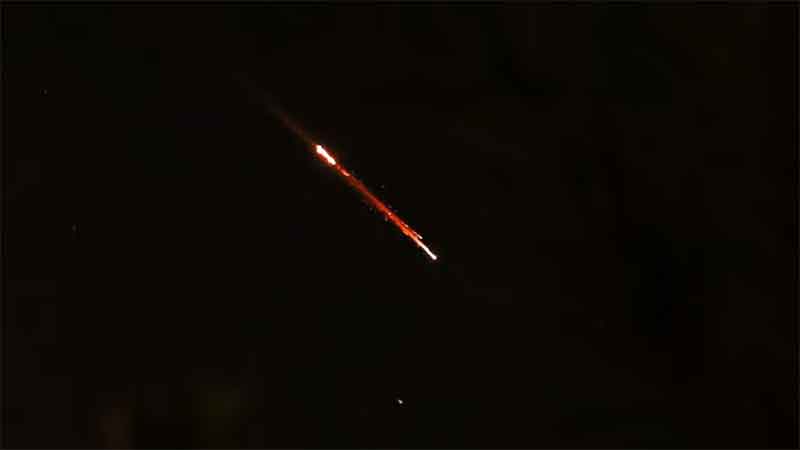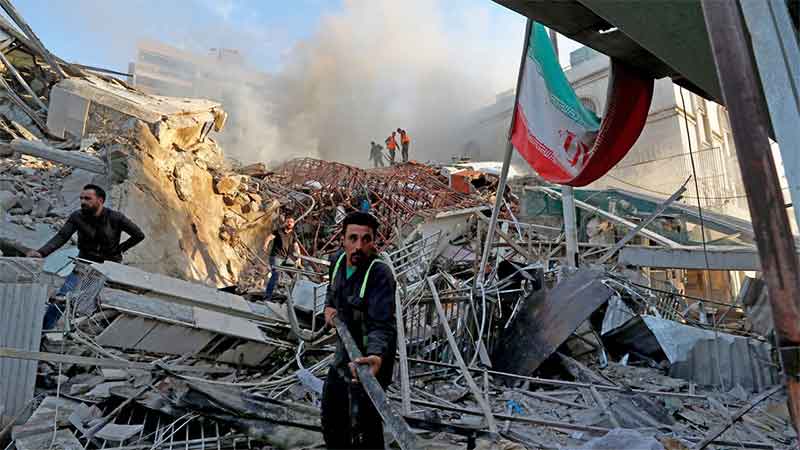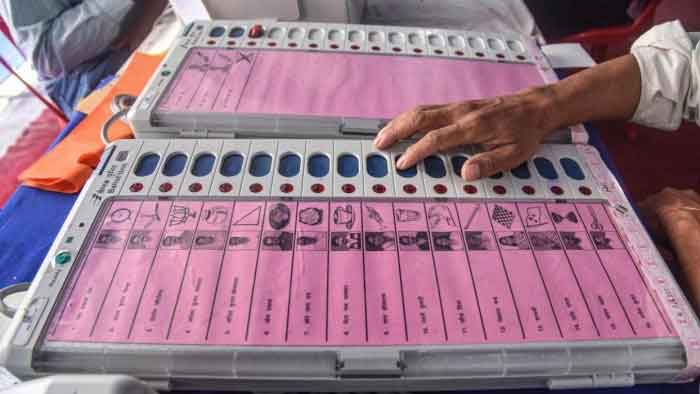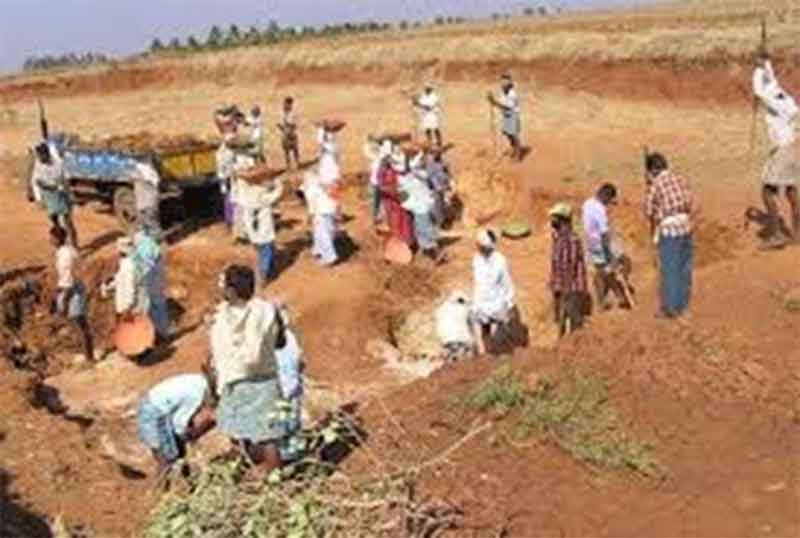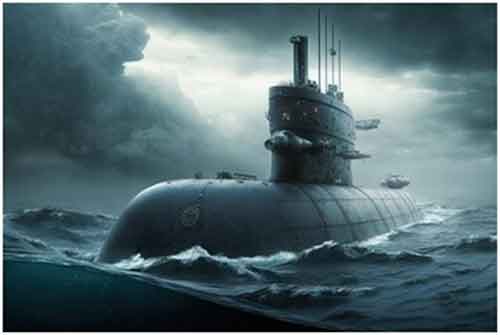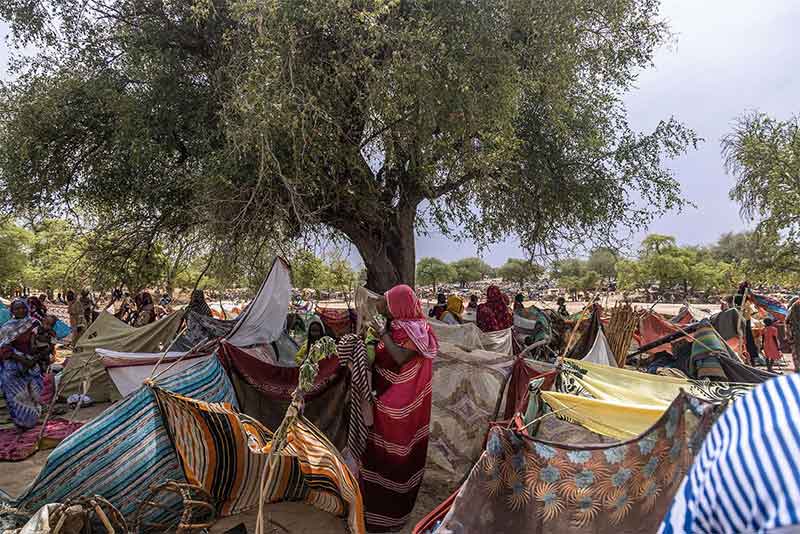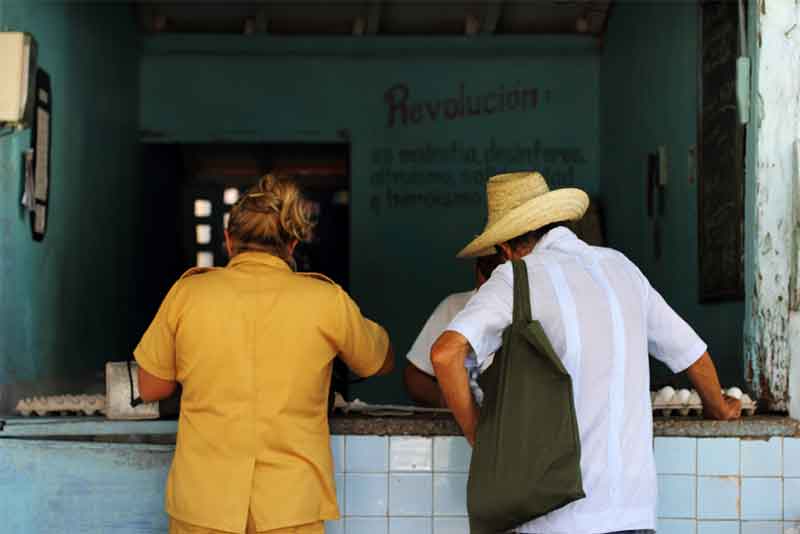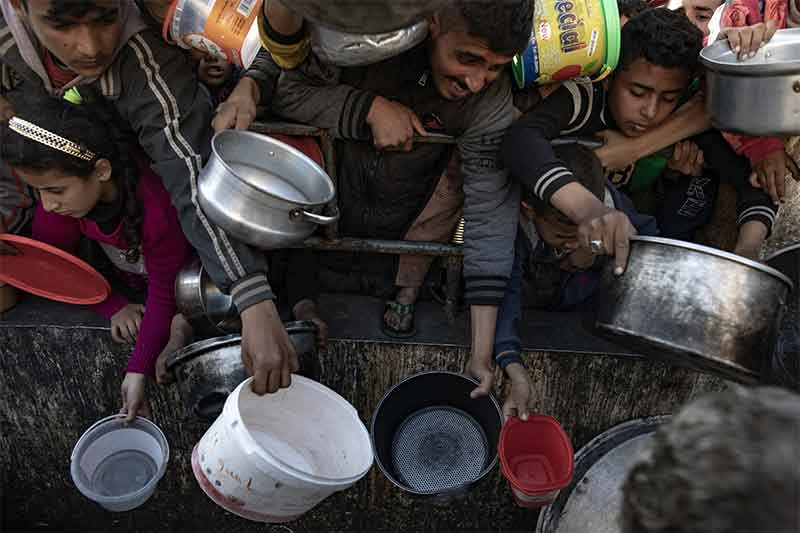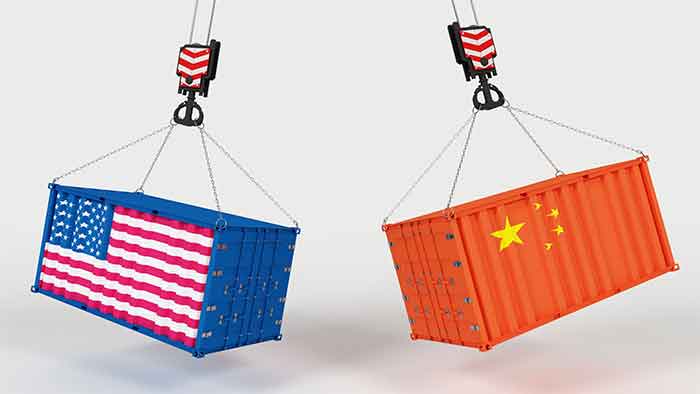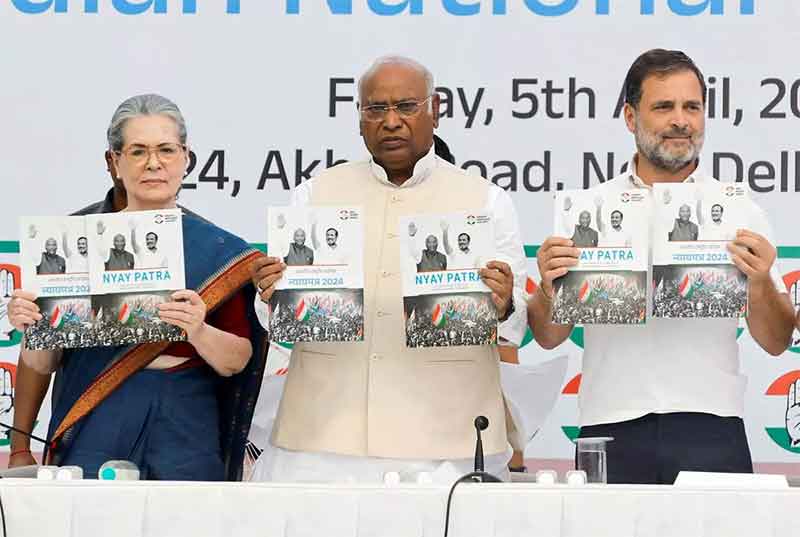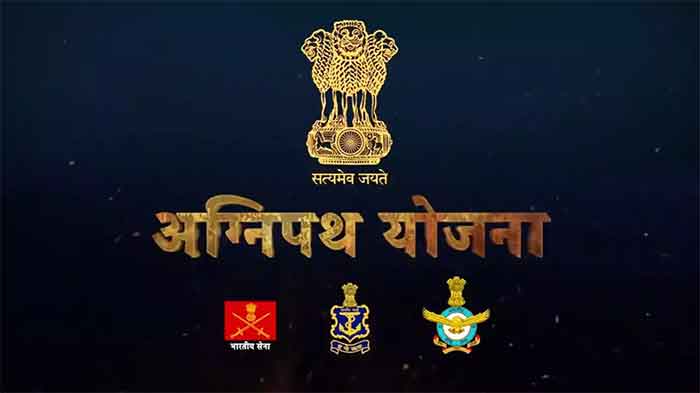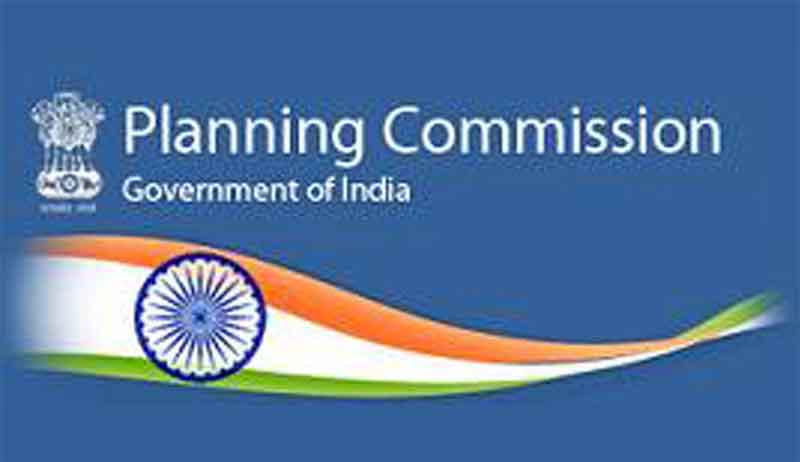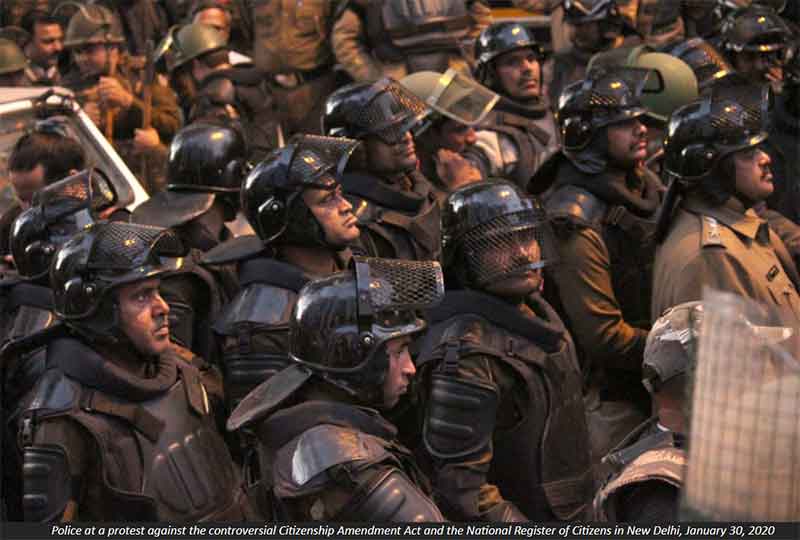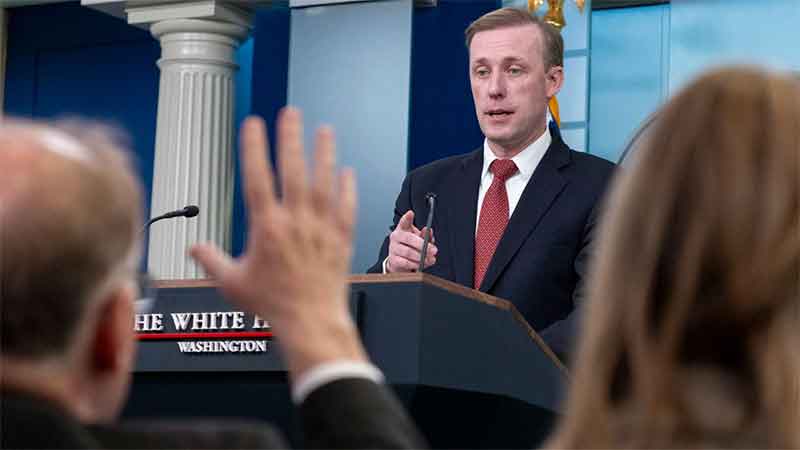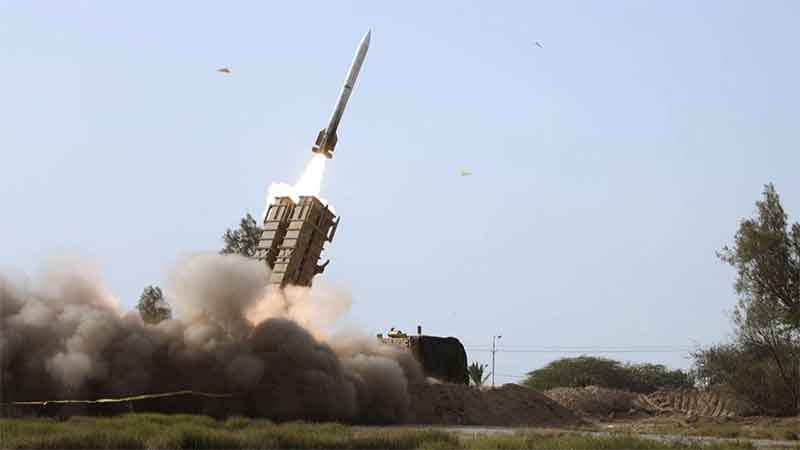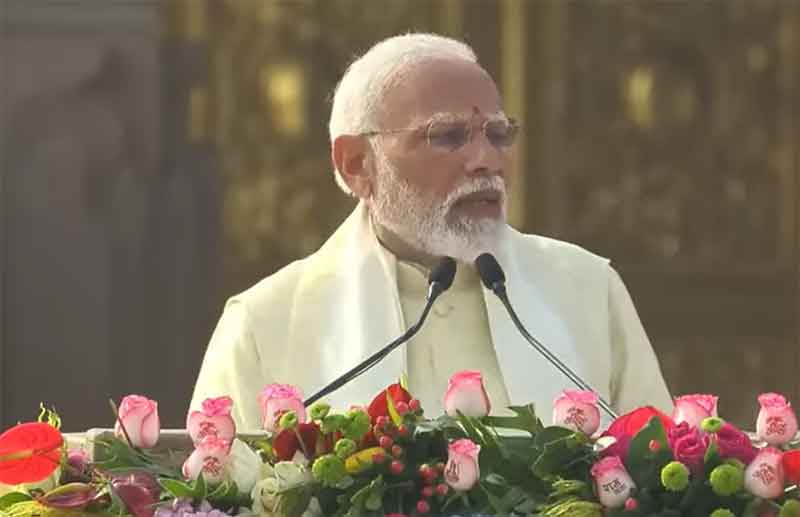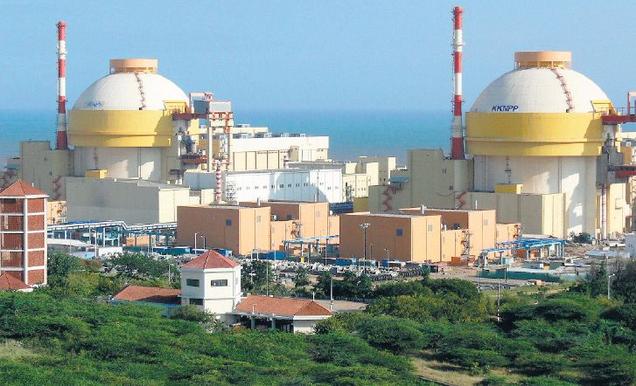
Co-Written by VT Padmanabhan and Joseph Makkoli
SUMMARY
The first WWER-1000 reactor at the Koodankulam Nuclear Power Plant (KKNPP-1) in Tamil Nadu, India was commissioned by Nuclear Power Corporation of India Ltd (NPCIL) after repeated failures in clearing the commissioning tests and without the consent of the Atomic Energy Regulatory Board on 31 December 2014. Three days before this, the Atomstroyexport – the Russian manufacturer of equipment- had transferred the reactor to the NPCIL for one-year warranty period operation. During this period, the reactor operated on full power for 100 days only. The warranty period was extended for another six months till 30 June 2016 and during these 182 days, the reactor was on full power for 72 days only. During 521 days of extended warranty period, the reactor (i) was on full power for 33% of the days, (ii) was shut down for maintenance for 222 days, (iii) experienced 5 scrams (unplanned, emergency shutdowns); its scram rate is 9 times the global average, (iv) it’s electricity generation was only 51% of its design capacity. The AERB pointed “deficiencies in the safety standards and negligence on the part of KKNPP and NPCIL” in a report submitted to the National Human Rights Commission.” An earlier study has revealed the under-performance of the polar crane, which has a major role in mitigation of accident. In spite of the failures to clear the commissioning test, underperformances and negative report from the regulator, President Vladimir Putin will hand over the reactor to Premier Nanrendra Modi in a video-conference co-hosted from Kremlin and Delhi on 10 August 2016. It appears that the Indo-Russian contract, which is a confidential document, does not have a clause for the rejection of the machine, if it fails to meet the design intents.
Introduction
On 5th August 2016, the Russian News Agency TASS reported from Moscow that on 10 August 2016, “the Russian President Vladimir Putin and the Indian Prime Minister Narendra Modi will take part via videoconference in the ceremony dedicated to handover of the first power unit of Kudankulam nuclear power plant (KKNPP-1) to the Indian side” and during the conference the “leaders of both nations will hail the fact of plant’s first unit”.[1]
On 2nd January 2015, TASS had reported the transfer of the reactor for 12 months long warranty operation by the Atomstroyexport (ASE) of Russia to the Nuclear Power Corporation of India Ltd (NPCIL) on 27 Dec 2014 and “upon the results of these twelve months, the power unit will be fully transferred to the Indian side”.[2] Thirteen months later, on 2nd Feb 2016, TASS reported the extension of the warranty period till the second quarter of 2016 and the “final transfer of the object will occur after the end of the warranty period of operation and confirmation of all installed power performance”.[3] The report did not specify the reason for extension of the warranty period beyond one year.
The NPCIL did not announce this event and this news has not been reported in any major Indian newspaper. Since two of the world’s tallest leaders are taking part in the ceremony, it will be worthwhile to know “if the warranty period of operation has confirmed all the installed power performance”.
Data Sources
The Southern Regional Load Dispatch Centre’s (SRLDC), Bengaluru uploads the data on electricity generation and outages of all grid-connected generating units in South India on its website- www.srldc.org. The performance of the reactor is assessed in this report on the basis of SRLDC data.
The Performance Indicators
Commissioned without clearing the commissioning test
KKNPP is the outcome of an inter-governmental agreement between the erstwhile Soviet Union and India in 1988. Construction of two VVER-1000 reactors, the Russian version of pressurized water reactors (PWRs), each with an installed capacity 995 MW, began in March 2002. The first reactor became operational in October 2012 and was connected with the electricity grid a year later. The reactor had to undergo the C-Phase commissioning tests during the next 150 days and was expected to begin commercial operation by the middle of April 2014.
The AERB had prepared a list 45 individual tests in C-Phase. The attempt to clear the final test in which the reactor had to be operated for ‘non-stop 100 days on 100% full power (100%FP)’ began on 05 May 2014. During the 825 days between 05 May 2014 and 06 August 2016, the reactor was on 100%FP for 217 days, not Non-stop, but in 13 instalments. The maximum it ran non-stop was 45 days in January-March 2015. All the 11 attempts so far ended up either in emergency shutdowns or abrupt drop in output and the last attempt began on 19 July 2016. Details are in Table-1.
|
TABLE -1: KKNPP-1 -NON-STOP FULL POWER DAYS |
|||||
| Ser | From | To | Days | Cumulative days | MW to grid |
| 1 | 12-Dec-14 | 15-Dec-14 | 4 | 4 | 934 |
| 2 | 22-Dec-14 | 13-Jan-15 | 23 | 27 | 936 |
| 3 | 21-Jan-15 | 6-Mar-15 | 45 | 72 | 934 |
| 4 | 8-Mar-15 | 31-Mar-15 | 24 | 96 | 932 |
| 5 | 2-Apr-15 | 1 | 97 | 928 | |
| 6 | 5-Apr-15 | 17-Apr-15 | 13 | 110 | 927 |
| 7 | 13-Apr-16 | 29-Apr-16 | 17 | 127 | 933 |
| 8 | 4-May-16 | 4-Jun-16 | 32 | 159 | 938 |
| 9 | 6-Jun-16 | 13-Jun-16 | 8 | 167 | 937 |
| 10 | 15-Jun-16 | 20-Jun-16 | 6 | 173 | 935 |
| 11 | 22-Jun-16 | 17-Jul-16 | 26 | 199 | 937 |
| 12 | 19-Jul-16 | 5-Aug-16 | 18 | 217 | 938 |
Performance during the warranty period
According to the US Nuclear Regulatory Commission (NRC), the commissioning tests “alone can ensure that a reactor will operate in accordance with design and is capable of responding to anticipated transients and postulated accidents”.[1] In the midst of the repeated failure in the final commissioning test, the NPCIL declared the commercial commissioning of the reactor at midnight (00:00 hrs) of 31 Dec 2014, two days after its transfer for warranty period operation.
After the commissioning, the reactor was supposed to work at Full Power for non-stop 335 days in a year as 30 days are earmarked for refuelling and maintenance. However, after working for about six months, the reactor was shut down on 24 Jun 2015 for a 7 month-long maintenance, which is 7 times longer than the earmarked duration. After the maintenance and refuelling, the reactor was grid connected on 31 Jan 2016 and it attained 100%FP 73 days later on 13 April 2016.
The reactor’s performance did improve during the extended warranty period as can be seen from table -2. During the year 2015, the machine was off-grid for 49% of the time as against 26% during 2016. Percentage of days on full power increased from 30% to 40%. During the 521 days of the warranty period, the reactor was on full power for 172 days. While the improvements during the extended warranty period are substantial, there are sufficient room for more.
|
TABLE-2: KKNPP-1 -OPERATIONAL DETAILS DURING THE WARRANTY PERIOD –28 DEC 14 TO 30 JUNE 2016 |
||||||
| Details | 28 Dec 14- 31 Dec 15 | 1 Jan 16 -30 Jun 16 | 12 Dec 14- 30 Jun 16 | |||
| No of days | Percent | No of days | Percent | No of days | Percent | |
| No Power | 167 | 49.3 | 47 | 25.8 | 214 | 41.1 |
| Low Power | 72 | 21.2 | 63 | 34.6 | 135 | 25.9 |
| Full Power | 100 | 29.5 | 72 | 39.6 | 172 | 33.0 |
| Worked days | 172 | 50.7 | 135 | 74.2 | 307 | 58.9 |
| Total | 339 | 100.0 | 182 | 100.0 | 521 | 100.0 |
NoPower = Off-grid LowPower = <990 MW FullPower = 990 MW and above
Generation Statistics during the warranty period
The reactor is expected to generate 23.88 million units (MU) and transfer 22.3 MU to the grid as the unit consumes 1.58 MU every day. During 521 days of the warranty operation from 27 Dec 2014 to 30 Jun 2016, the grid received 5990 MU, as against the norm of 11,618 MU, realizing only 52% of the reactor’s potential. The receipt was 43% and 68% of the installed capacity during the first and the second year respectively. Details are in table 3.
TABLE-3 KKNPP-1 : SUPPLY OF ELECTRCITY TO GRID
DURING WARRANTY PERIOD– IN MILLION UNITS (MU)
| Period | Work-days | Norm MU/day | Expected Supply MU | Acutal Supply MU | Supply as % of norm |
| 27 Dec 2014 -31 Dec 2015 | 339 | 22.3 | 7560 | 3249 | 43.0 |
| 1 Jan 2016 – 30 Jun 2016 | 182 | 22.3 | 4059 | 2741 | 67.5 |
| Both years | 521 | 22.3 | 11618 | 5990 | 51.6 |
Comparison with other VVER-1000 reactors Commissioned recently
The International Atomic Energy Agency’s (IAEA) PRIS Database contains the performance indicators of all the commercial reactors in the world. Table No 5 shows the data for the first full year after commercial commissioning of KKNPP-1 and four other VVER-1000 reactors.
Table – 5: PERFORMANCE INDICATORS OF KKNPP-1 AND OTHER REACTORS
| Ser | Reactor Name, Country | Year | Electricity Supplied (MU) | Hours online | Oper-ation Factor % | Energy Availa-bility Factor% | Load Factor % | |
| 1 | KKNPP-1, India | 2015 | 3213 | 3993 | 46 | 40 | 40 | |
| 2 | Bushehr-1, Iran | 2014 | 3724 | 5181 | 59 | 56 | 47 | |
| 3 | Tianwan-1, China | 2007 | 5311 | 5688 | 83 | 82 | 85 | |
| 4 | Temelin-2, Czech | 2004 | 6340 | 6678 | 76 | 75 | 76 | |
| 5 | Rostov-2, Russia | 2011 | 7368 | 7944 | 91 | 89 | 89 |
Source: https://www.iaea.org/PRIS/CountryStatistics/ReactorDetails.aspx?
Safety Related Issues
All the above issues mainly deal with the economics of the plant. Key issues related to the safety of the reactor or its accident potentials are summarized below.
Emergency Shutdowns (SCRAM)
The number of reactor scrams during the warranty period operation was 2 during 2015 and 3 during 2016. As the reactor worked for 3993 hours during 2015 and 3240 hours during 2016, the scram rate per 7000 reactor hours is 3.5 during 2015 and 6.5 during 2016. According to the World Nuclear Association (WNA), the average scram rate for all the commercial reactors in the world is 0.5 per 7000 hours. The scram rate at KKNPP-1 is 9 times higher than the global rate. Globally, 1.5 days were lost per scram, as against 6 days at KKNPP. This reactor holds the world record for scram. Details are given in table -4.
TABLE – 4: KKNPP-1 – SCRAMS DURING THE WARRANTY
PERIOD OPERATION 28 DEC 2014 TO 30 JUNE 2016
| Ser | Reason | From | To | Days lost |
| 1 | Transformer Defect | 14-Jan-15 | 18-Jan-15 | 5 |
| 2 | Steam generator defect | 9-May-15 | 14-May-15 | 6 |
| 3 | Steam Leak | 4-Feb-16 | 14-Feb-16 | 11 |
| 4 | Instrumentation Defect | 16-Feb-16 | 22-Feb-16 | 7 |
| 5 | Turbine Defect | 30-Apr-16 | 30-Apr-16 | 0 |
Short Duration Power Excursions
The data from the Southern Regional Load Dispatch Centre’s (SRLDC) also reveals some extremely dangerous power excursion events. SRLDC daily reports give generation of electricity at non-peak and peak hours (03:00 hrs and 19:00 hrs) and the maximum generation during the day for a minimum duration of 15 minutes. The average values for non-peak hour, peak hour and the maximum of the day for 160 full power days are 993, 994 and 1012 MW respectively. On 4 days the maximum generation crossed above 1070 MW. (See table 5) Under normal operating conditions, the reactor is supposed to shut down automatically (scram) when the reactor power increases to 107%. It did not scram during these days, in spite of 9% to 18% increase in reactor power.
Table – 5: KKNPP-1 -Short duration power excursions
| Ser | Date | Generation (MW) at | Max of | Time of | Gross for day MW | Supply to grid MW | |
| 1900 hrs | 0300 hrs | day (MW) | Maximum | ||||
| 1 | 22/05/16 | 991 | 994 | 1089 | 15:24 | 1005 | 938 |
| 2 | 25/05/16 | 985 | 1010 | 1125 | 22:45 | 1008 | 943 |
| 3 | 26/05/16 | 994 | 1001 | 1183 | 3:24 | 1005 | 937 |
| 4 | 13-Jul-16 | 1004 | 994 | 1131 | 3:35 | 1007 | 938 |
This is only possible if the scram set point was removed. The reasons for raising the output of a 995 MW reactor to 1183 MW are not known. Looks like the operators were doing some bizarre experiments. This reminds us of Sergiy Parashyn, Engineer at the Chernobyl plant, from 1977 to the day of the disaster, who recounted about the experiment which ended up in the accident: “We knew, with certainty, with arrogant certainty, that we were in control of the power we were playing with. We could make the forces of nature bend to our will. There was nothing we could not do. This was the day, of course, when we learned we were wrong.”[2] Let us hope that the operators at Kudankulam, who are also doing several experiments (which will be reported later on) will remember the words of Sergiy, always.
AERB on deficiencies in Safety Standards –
On 14 May 2014, 6 workers received burn and musculo-skeletal injuries in the pipe burst accident in the feedwater system of KKNPP-1 and were treated in super-specialty hospitals. Two years after the accident, the National Human Right Commission (NHRC) has imposed a penalty of Rs 300,000 on the NPCIL to be paid to the victims. Among the evidence used by the NHRC was a report by the AERB. The NHRC press release said:
“An enquiry report by the AERB pointed deficiencies in the safety standards at the Unit of KKNPP. The report pointed fingers towards negligence on the part of KKNPP and NPCIL and suggested that the incident could have been avoided had the guidelines under maintenance manual were followed.”[3]
Scientists’ Petition seeking an independent safety audit
In May 2013, weeks before the initiation of the first act of criticality (FAC), 60 eminent scientists from premier national science institutes in India petitioned to the Chief Ministers of Tamil Nadu and Kerala, requesting them to demand an independent safety audit of Kudankulam. Excerpts from the petition:[4]
“We, the below-signed, include scientists who believe that nuclear energy has a legitimate role in securing our energy future and others that believe that nuclear energy is too risky. Through this letter, we are not advocating for or against nuclear energy. All of us are of the opinion that when dealing with complex and potentially dangerous technologies, transparency, honesty and a rigorous adherence to the highest quality standards are imperative. As we have seen in Fukushima, there is the danger that the impact of a major hazardous event in Kudankulam may not be localized but could spread to larger regions in both Tamil Nadu and Kerala. To reduce such a risk, in the light of recent revelations, we believe that it is important to have a fresh independent and thorough quality inspection of the components used in the two reactors.”
Commenting on the dismal performance of the reactor since its grid connection, MV Ramana, a nuclear physicist at Princeton University and an expert on nuclear India (who was not a signatory of the petition) says that “these failures constitute a safety hazard and, given the nature of nuclear technology and its inherent capacity for accidents, any small failure might provide the trigger for larger failures and severe accidents” and that the people in the neighbourhood “who were protesting against the plant because of their concerns about accidents were right to be worried, and correct in not accepting the word of establishment experts about the safety of the plant”.[5]
Conclusion
The real transfer of the reactor happens between the middle level officials of the Governments of India and the Russian Federation. Only after this transfer will India start repaying the loan received from Russia. As the reactor was scheduled to be commissioned in 2008, loan repayment is long overdue.
Since all important documents related to the Russia-India contract are confidential, the conditions for final transfer of the reactor are not known. During the warranty period operation, the ‘object’ should have proven its ability to perform according to the design specifications. KKNPP reactors have been certified as belonging to Generation-III by the European Utility Requirement (EUR) Forum. The performance indices of the reactor outlined above clearly reveal that it is nowhere near the claims made by the designers at the EUR Forum and other publicity materials. So on 10th August 2016, Vladimir Putin will virtually hand over a reactor, an economic disaster and a potential source of a catastrophic accident to Narendra Modi. By crafting this virtual-world celebration involving their political leaders, the Russia-India nuclear conclave hopes to hide the reality at Kudankulam, which may haunt them as well as the millions of people who could be under the radioactive cloud, for a long time to come.
VT Padmanabhan researches and writes on environmental and food safety issues.Email: [email protected]
Dr Joseph Makolil is a nano-scientist with the Cochin University for Science and Technology (CUSAT).
[1] U.S. Nuclear Regulatory Commission, 2013 http://pbadupws.nrc.gov/docs/ML1305/ML13051A027.pdf
[2] Miami Herald, “Ruined Chernobyl nuclear plant will remain a threat for 3,000 years”, 24 April 2016 http://www.miamiherald.com/news/nation-world/world/article73405857.html .
[3] NHRC, Press Release dated 16th June, 2016. http://nhrc.nic.in/dispArchive.asp?fno=24014
[4] http://www.sacw.net/article4524.html
[5] M.V. Ramana. 08/03/2016 ‘Teething Troubles’ at Kudankulam: India Biting More Nuclear Than it Can Chew

